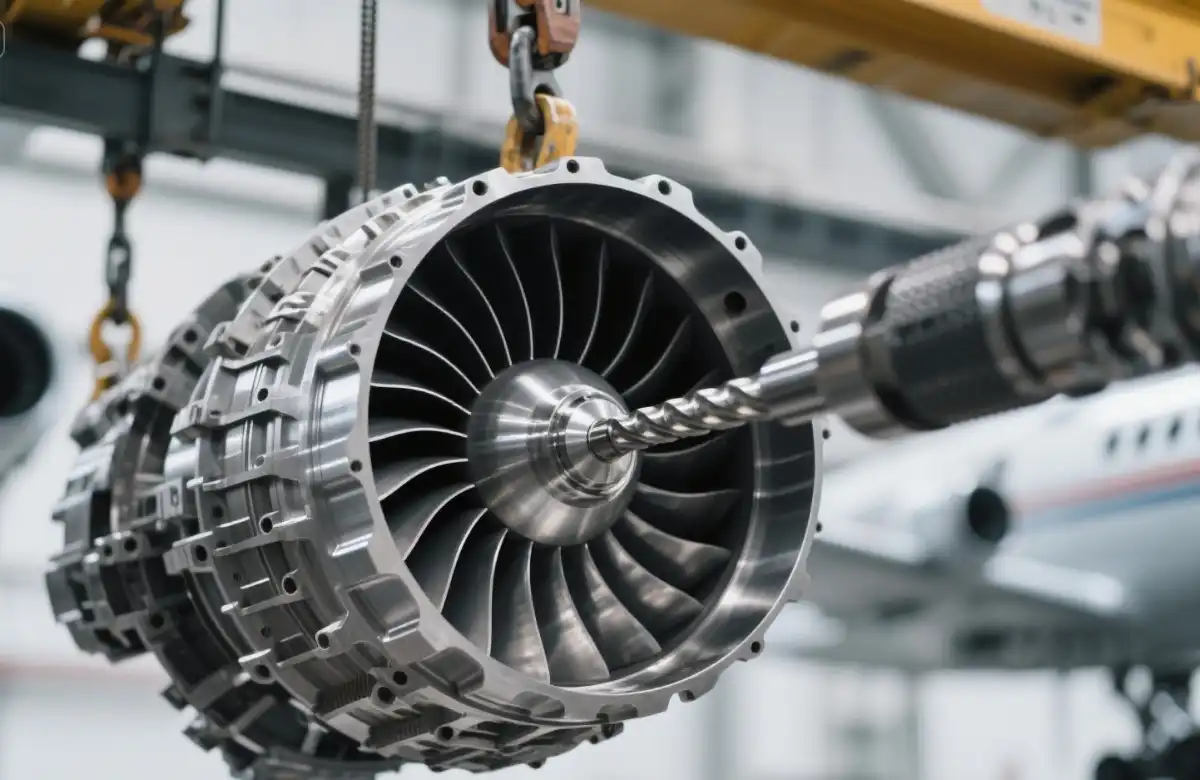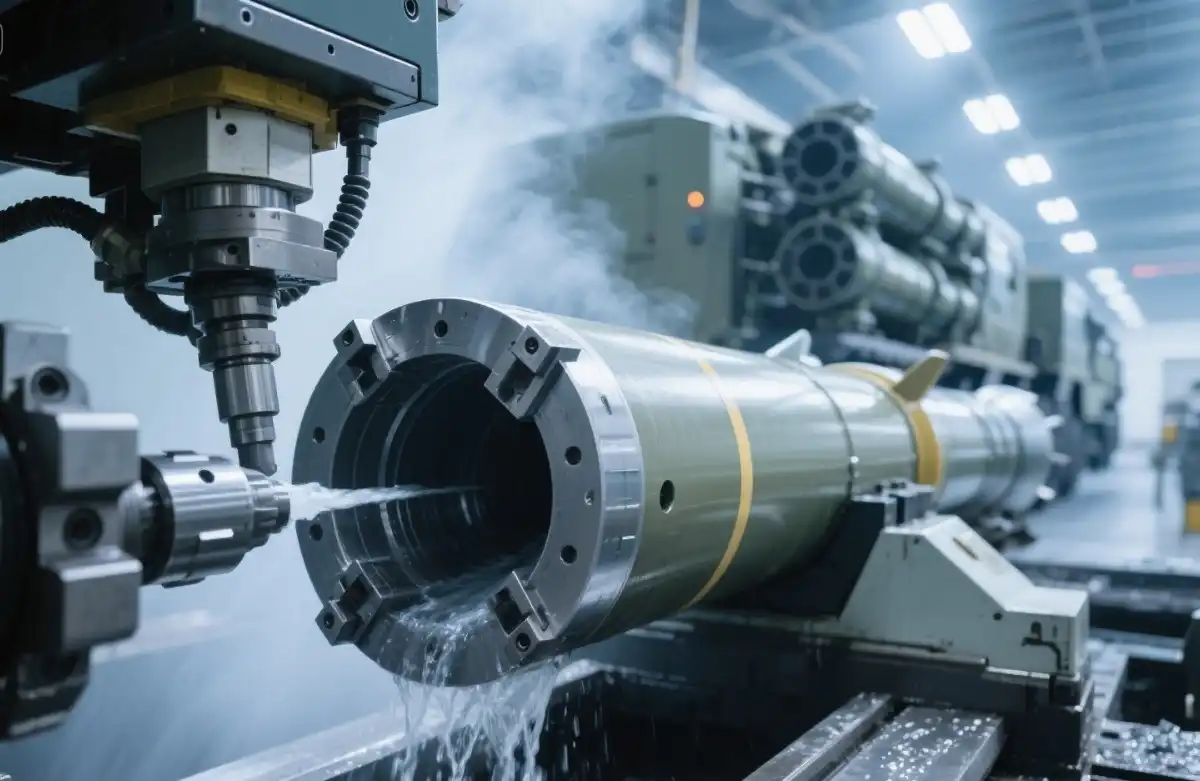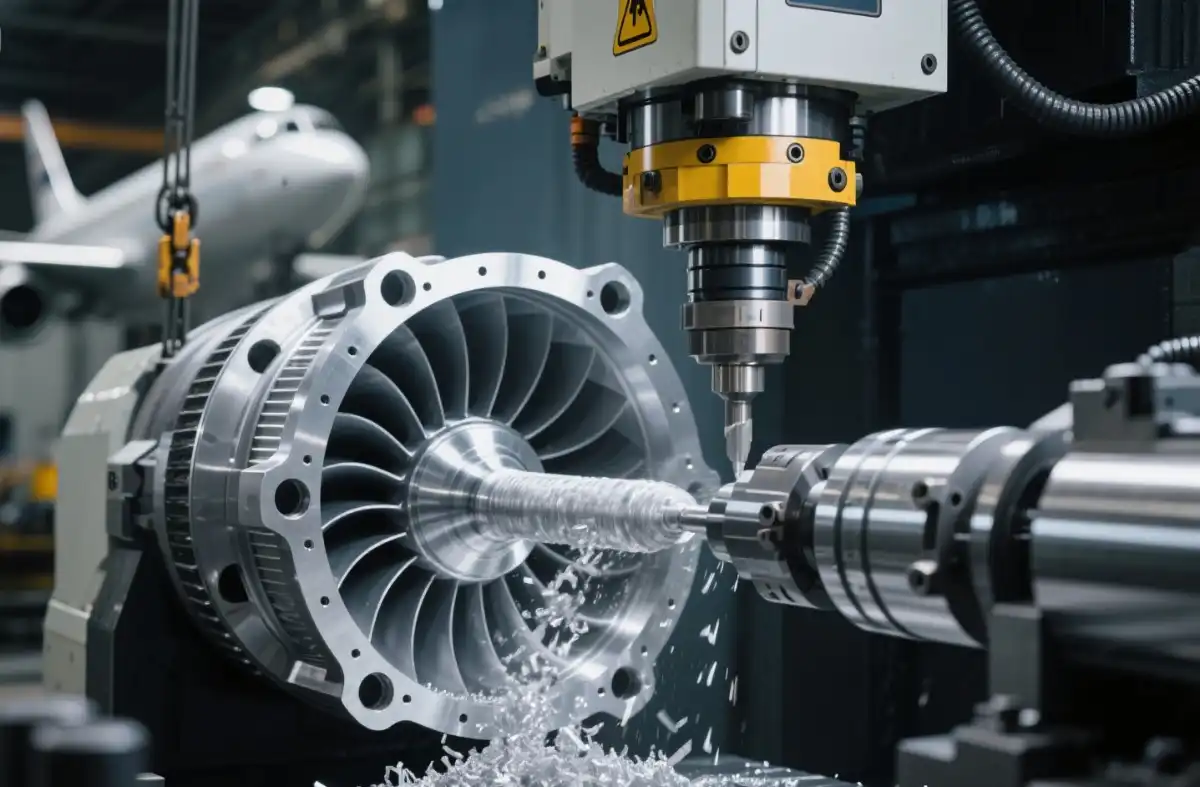Design and Engineering: The Blueprint for Aerospace Excellence
Conceptualization and Initial Design
The development of aerospace precision components begins with the conceptualization phase, where innovation and engineering expertise converge. Designers and engineers collaborate to define parts that meet stringent performance, safety, and regulatory standards. This stage includes brainstorming sessions, feasibility studies, and preliminary sketches, which outline key dimensions, materials, and functional requirements. By thoroughly exploring design options early on, teams can anticipate potential challenges, optimize component functionality, and establish a strong foundation for detailed engineering and CAD modeling, ensuring that subsequent stages proceed efficiently.
Computer-Aided Design (CAD) Modeling
After initial concepts are validated, engineers employ advanced CAD software to create accurate 3D digital models of aerospace precision components. These models provide precise geometric information, enabling detailed stress analysis, tolerance evaluation, and virtual assembly testing before any physical prototypes are manufactured. CAD modeling facilitates identification of potential design flaws, allows iterative improvements, and optimizes manufacturability. Additionally, it supports collaboration across engineering teams and suppliers, ensuring that the final design is both high-performing and feasible to produce within the strict quality and regulatory standards of the aerospace industry.

Finite Element Analysis (FEA) and Simulation
Finite Element Analysis (FEA) is a critical step in validating aerospace component designs under realistic conditions. Engineers break down CAD models into smaller elements and simulate the effects of stress, vibration, thermal loads, and environmental extremes. This allows accurate prediction of material behavior, structural integrity, and potential points of failure. FEA results guide design adjustments, material selection, and reinforcement strategies, ensuring components can withstand operational demands. By leveraging simulation before production, engineers reduce risks, improve reliability, and optimize performance while maintaining compliance with rigorous aerospace standards.
Material Selection and Preparation: The Foundation of Durability
Choosing the Right Materials
Selecting appropriate materials is paramount in aerospace component manufacturing. Engineers must consider factors such as strength-to-weight ratio, thermal properties, corrosion resistance, and fatigue life. Common materials include aerospace-grade aluminum alloys, titanium, high-performance steel, and advanced composites. Each material is chosen based on its specific properties and the component's intended function.
Material Testing and Certification
Before any material is used in the production of aerospace precision components, it undergoes rigorous testing to verify its properties and ensure compliance with aerospace standards. This includes chemical composition analysis, mechanical property testing, and microstructure examination. Materials must be certified to meet industry specifications, such as those set by the Aerospace Material Specifications (AMS) or the American Society for Testing and Materials (ASTM).

Material Preparation and Treatment
Once the materials are selected and certified, they undergo preparation processes to enhance their properties. This may involve heat treatment to improve strength and durability, surface treatments to increase corrosion resistance, or the creation of specialized alloys for specific applications. The goal is to optimize the material's characteristics for its intended use in aerospace components.
Manufacturing Processes: Precision in Production
CNC Machining: The Cornerstone of Precision
Computer Numerical Control (CNC) machining is a cornerstone of aerospace component manufacturing. This process uses computer-controlled machine tools to remove material from a workpiece with extreme precision. Multi-axis CNC machines can create complex geometries with tight tolerances, often within microns. The process begins with programming the CNC machine using the CAD model, followed by careful setup and execution of the machining operations.
Additive Manufacturing: 3D Printing for Complex Geometries
Additive manufacturing, commonly known as 3D printing, has revolutionized the production of aerospace precision components. This technology allows for the creation of complex, lightweight structures that would be impossible or prohibitively expensive to produce using traditional methods. Techniques such as Selective Laser Melting (SLM) or Electron Beam Melting (EBM) can produce parts from metal powders, layer by layer, with incredible precision and reduced material waste.

Finishing and Surface Treatment
After the primary manufacturing process, aerospace components often require additional finishing and surface treatments. This may include processes such as polishing, anodizing, or the application of specialized coatings to enhance properties like wear resistance or thermal protection. Each finishing step is carefully controlled to maintain the component's dimensional accuracy while improving its performance characteristics.
Conclusion
The manufacture of aerospace precision components is a complex, multifaceted process that demands the highest levels of expertise, technology, and quality control. From initial design to final inspection, each step is crucial in ensuring the reliability and performance of these critical parts. As aerospace technology continues to advance, so too will the methods and materials used in component production, driving innovation and pushing the boundaries of what's possible in flight. The meticulous attention to detail and unwavering commitment to quality in this field exemplify the cutting-edge nature of aerospace engineering and manufacturing.
FAQs
What materials are commonly used in aerospace precision components?
Common materials include aerospace-grade aluminum alloys, titanium, high-performance steel, and advanced composites.
How important is quality control in aerospace component manufacturing?
Quality control is critical, involving rigorous testing and inspection at every stage to ensure components meet strict aerospace standards.
Can 3D printing be used for aerospace components?
Yes, additive manufacturing (3D printing) is increasingly used for creating complex, lightweight aerospace components.
Expert Aerospace Component Manufacturing | BOEN
At BOEN, we specialize in producing high-quality aerospace precision components using advanced manufacturing techniques. Our expert team combines innovative design with state-of-the-art CNC machining, 3D printing, and rigorous quality control to deliver components that meet the exacting standards of the aerospace industry. As a trusted supplier and manufacturer, we pride ourselves on our ability to tackle complex challenges and provide tailored solutions for our global clientele. Contact us at contact@boenrapid.com to learn how we can support your aerospace manufacturing needs.
References
Smith, J. (2022). Advanced Manufacturing Techniques in Aerospace Engineering. Journal of Aerospace Technology, 45(3), 234-251.
Johnson, A., & Brown, L. (2021). Materials Science in Aviation: Innovations and Challenges. Aerospace Materials Review, 18(2), 112-129.
Thompson, R. (2023). Quality Assurance Protocols in Aerospace Component Production. International Journal of Aviation Manufacturing, 9(4), 301-318.
Wilson, M., et al. (2022). Additive Manufacturing Applications in Modern Aircraft Design. Progress in Aerospace Sciences, 87, 45-62.
Lee, S., & Parker, T. (2021). Computer-Aided Design and Simulation in Aerospace Engineering. Journal of Computational Aerospace Engineering, 33(1), 78-95.
Harris, E. (2023). Precision Machining Techniques for Critical Aerospace Components. Advanced Manufacturing Technology, 56(2), 189-206.





